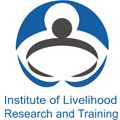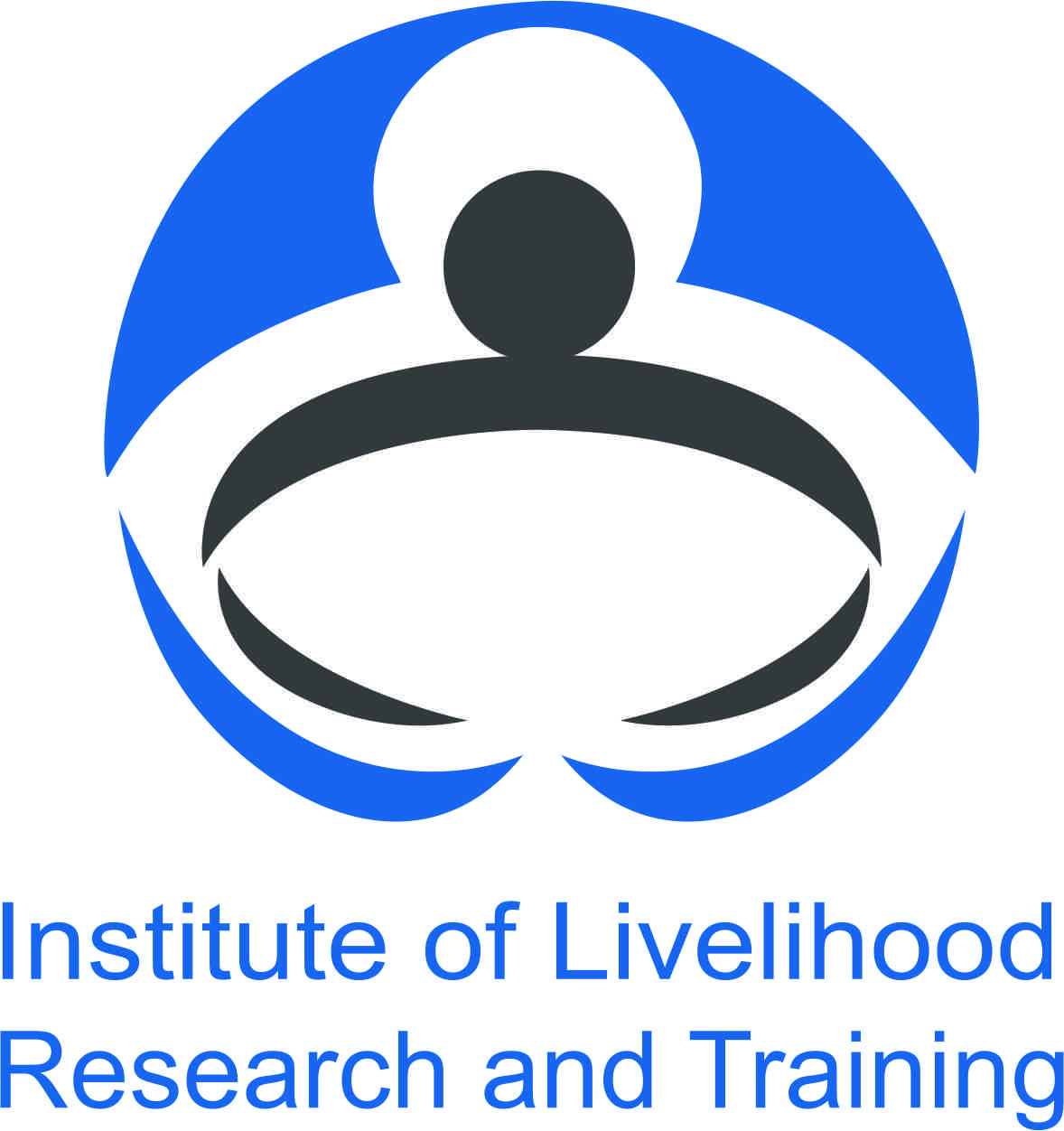Livelihood Mapping is a methodical process that provides an opportunity to the practitioners to assess various opportunities to strengthen the existing livelihood choices and at the same time, identify new opportunities to strengthen the livelihood base of the individual, household and the community.
This methodology enables the practitioners to- enhance the understanding on the gaps in the existing livelihoods in the area of operation;
- build awareness about the various opportunities in the livelihoods that are locally being practiced or have a potential;
- gain a sense of the emerging livelihoods in the area; and
- develop a road map on promoting various community-based institutions to enhance access to livelihood support services.
One of the important challenges that India is facing is creating livelihoods for a very large population. Livelihood promotion is a complex process as livelihoods are influenced by various factors including skills, resources that a household possesses, availability and access to various external resources such as natural, physical, social, human and financial resources. Due to limited access to knowledge and understanding on livelihood promotion, many Livelihood Promoting Organizations (LPOs) struggle to achieve their objectives of their livelihood promotion efforts. It is essential to have a systematic knowledge on the process of livelihood promotion which is possible by assessing the multiple factors that affect any given livelihood.
ILRTs experience in Livelihood program and mappingILRT has conducted Livelihood Mapping and studies across the country for various agencies. Some agencies for which Livelihood Mapping has been conducted by ILRT –
Ford Foundation, Tata Trusts, IFAD, Helvetas Swiss Inter-cooperation, Hivos, UNDP, GIZ, The World Bank, and Department & Agencies of Government of India such as SFAC, NABARD, NRLM, CARE, Oxfam, Grameen Foundation USA, Plan International, Sightsavers, World Vision, International Fiscal Studies, etc
| Sl. No. | Title of the Study | Name of the Client | Year of Study | Areas/Geography |
| 1 | Livelihood Mapping of Bhor Block of Pune District | Sterlite Technology Ltd | 2022 | Pune, Maharashtra |
| 2 | Study on SHG Federations as Livelihood Supporting Organizations in MP & Tamil Nadu | National Bank for Agriculture and Rural Development | 2014 | Madhya Pradesh and Tamil Nadu |
| 3 | Livelihood Mapping Study of Bastar District, Chhattisgarh | GIZ – NABARD | 2013 | Chhattisgarh |
| 4 | Livelihood Mapping Study of Mandla District, Madhya Pradesh | GIZ- India, Delhi | 2013 | Madhya Pradesh |
| 5 | Mapping potential livelihood opportunities for Self Help Groups in Doda district Jammu and Kashmir | National Bank for Agriculture and Rural Development | 2013 | Jammu & Kashmir |
| 6 | Feasibility study on off-farm and non-farm livelihood option in Orissa | CRCDC/OROSA, Bhubaneswar | 2012 | Orissa |
| 7 | Life and Livelihoods in their Lights and Shades – A Situation Analysis in three panchayats in Gulbarga district, Karnataka | Orient Cement, Hyderabad | 2012 | Karnataka |
| 8 | Livelihood Mapping in Gaya District Bihar – a situation analysis of three sub-sectors | GIZ- India, Delhi | 2012 | Bihar |
| 9 | Identification of Livelihood Opportunities and Challenges of Forest Dwellers in Upland Areas of Northeastern States of India (North-East Study) | Centre for Economic and Social Studies, Hyderabad | 2011 | Northeast |
| 10 | Identification of Opportunities for Sustainable Livelihoods and Economic Empowerment of Urban Poor in the STEER Urban Project | Lutheran World Service India Trust, Kolkata | 2011 | West Bengal |
| 11 | Mapping Livelihood Opportunities: A study of vegetable sector in Maraquine, Maputo, Mozambique | IIRR, Africa | 2011 | Maraquine, Maputo, Mozambique |
| 12 | Alternate Implementation Mechanism for major Livelihood Promotion Programmes of Bihar | State Government of Bihar & World Bank | 2010 | Bihar |
| 13 | Income Generating Activities Studies | Shree Vivekanand Research Institute & Training, Kutch, Gujarat | 2010 | Gujarat |
| 14 | Scoping study and on Developing Alternative Implementation model for SGSY and NREGA for the RDD Govt of Bihar for WB | The World Bank | 2010 | Bihar and West Bengal |
| 15 | Study of Sabuj Sangha’s interventions in the poultry sub sector in Sunderbans area of West Bengal state | Sabuj Sangha, Kolkata | 2010 | West Bengal |
| 16 | Study on livelihoods of forest dwellers in upland areas in Northeastern States | CESS, Hyderabad | 2010 | North-east India |

